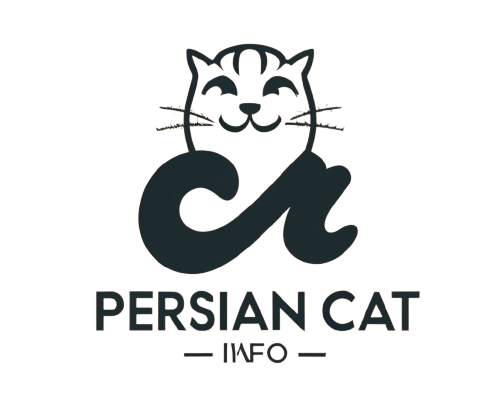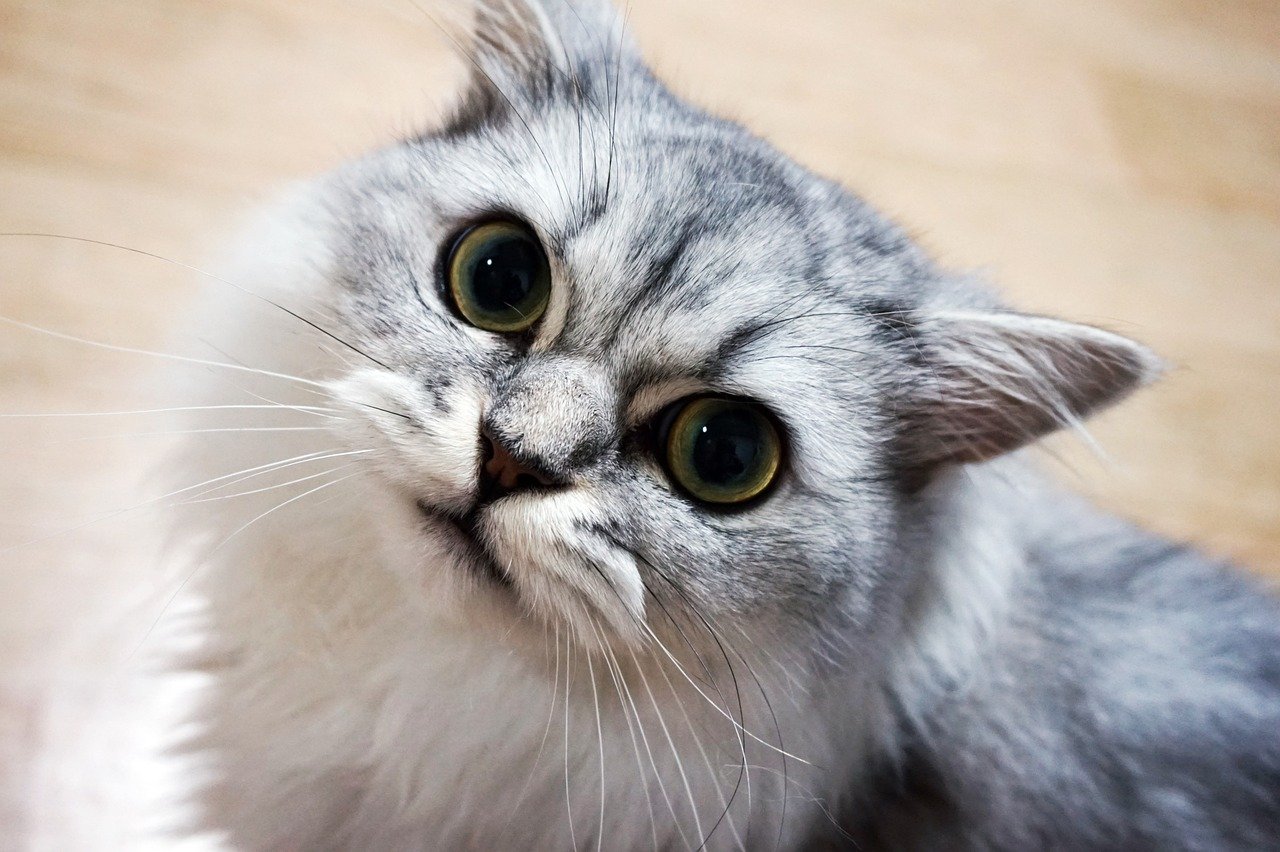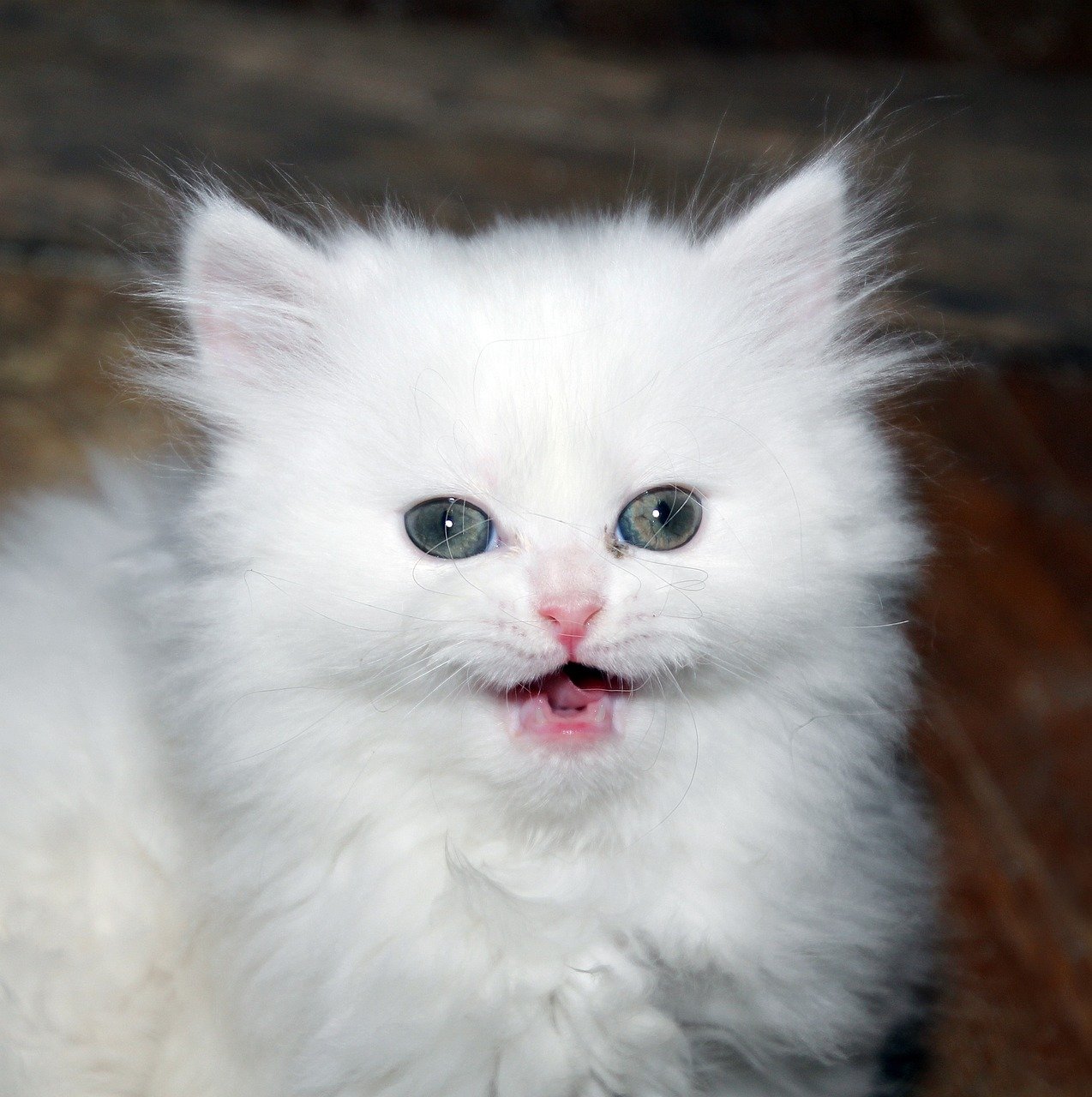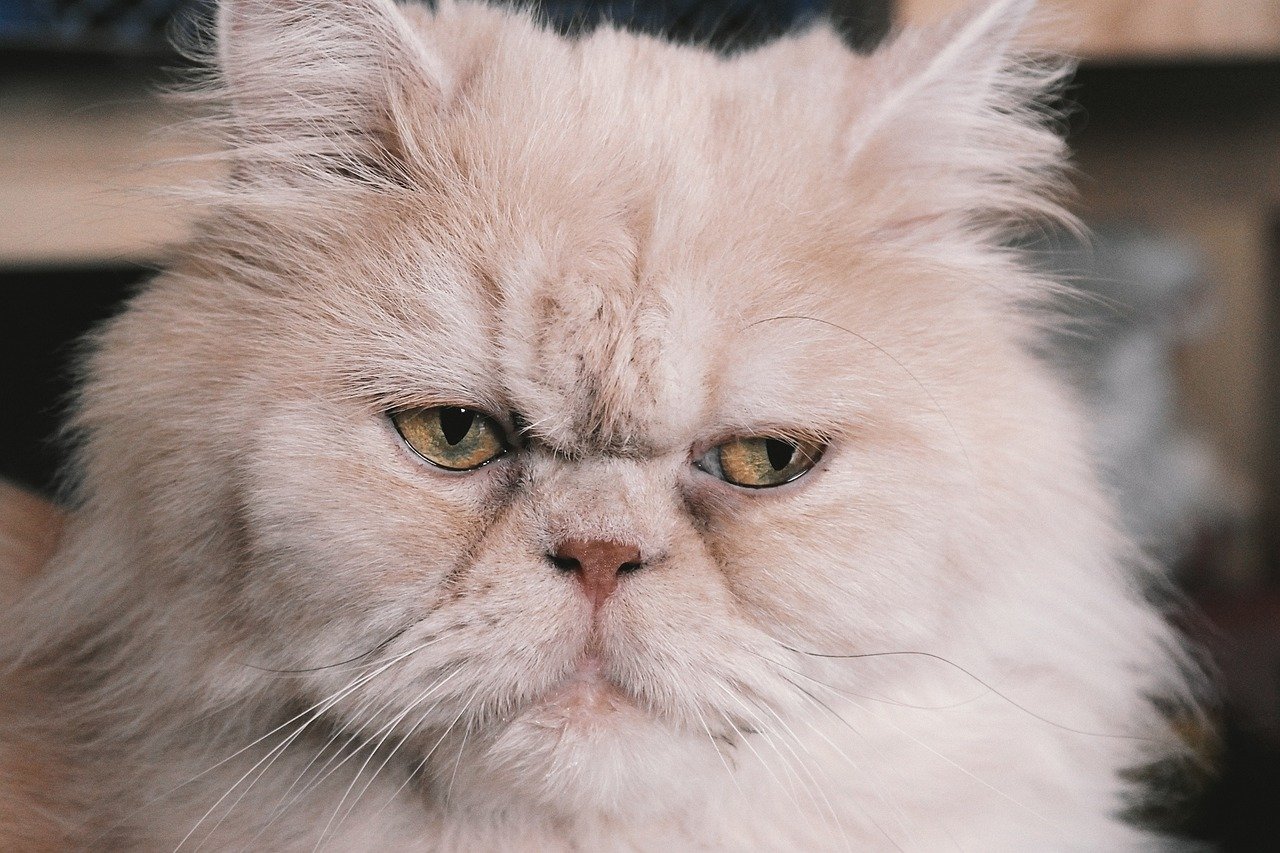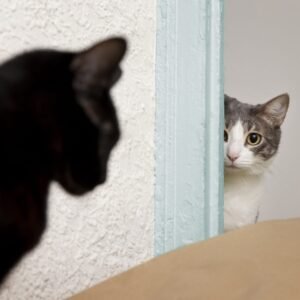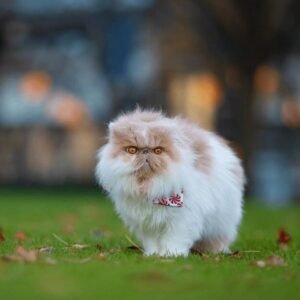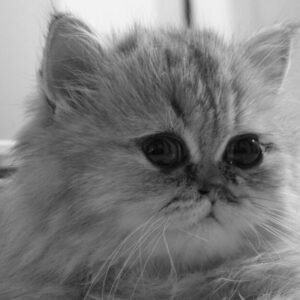Persian cats are generally medium-sized and they have short faces, chubby cheeks, big eyes, round heads, and rounded ears in addition to a short nose. They have a typical flat, pushed-in face with pudgy soft cheek But how long does Persian Cat get?
In this article, we will find out what the average size of these puppies is, and what you can expect during the first year of their lives.
What is a Persian Cat
The Persian cat is one of the oldest cat breeds and her background is very mysterious. Although Persian cats are known to be in existence since the 1600s, their origins are somewhat murky.
In 1920 they became famous for their victorious ERA in Britain. At that time Persian cats were seen frequently at cat shows.
Persian cats are medium-sized and have short faces, chubby cheeks, big eyes, round heads, rounded ears, and short noses.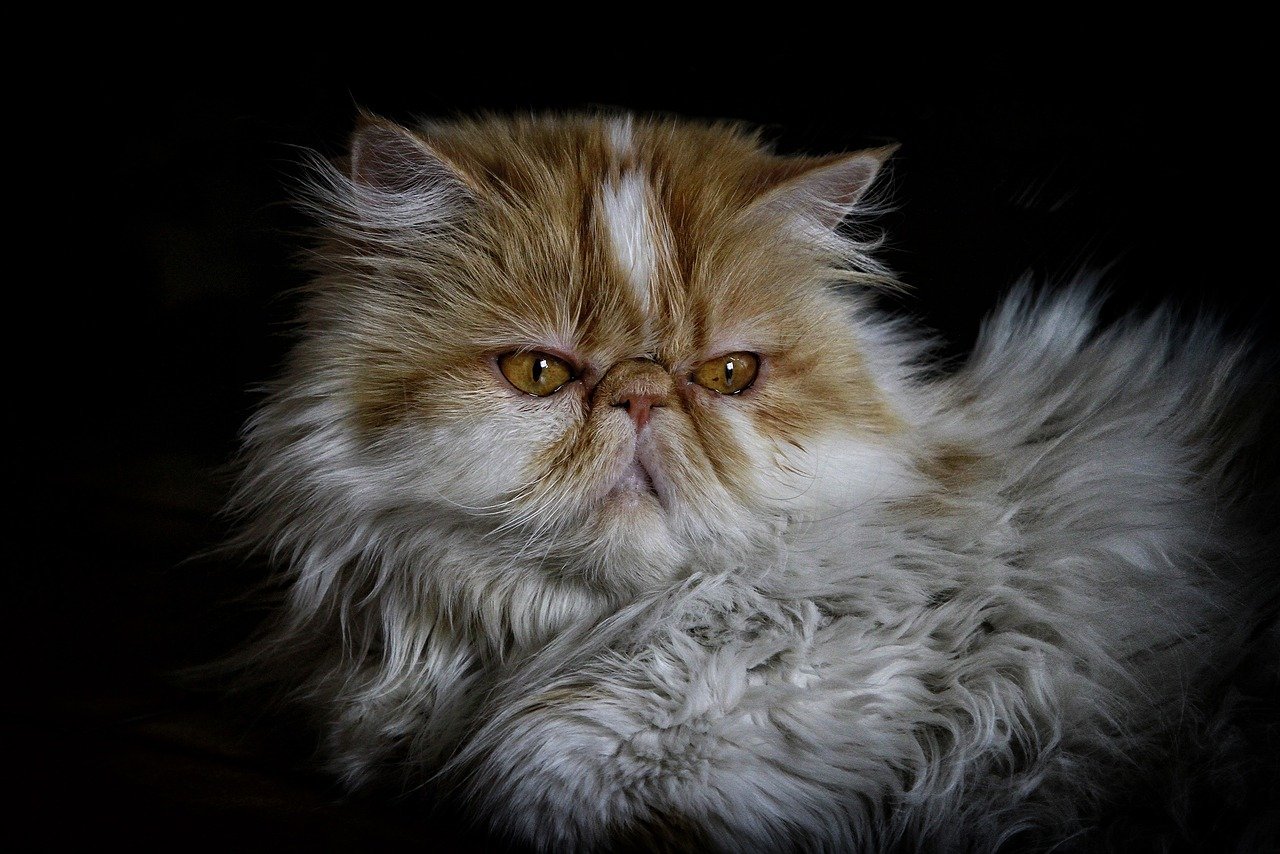
Persian cats come in a variety of colors, including white, black, blue, grey, orange, silver, red golden, lilac, cream, and brown
The Persian cat’s coat is a one-of-a-kind masterpiece, with brown, silver, and cream colors and unusual combinations like calico or torbie, which add to its beauty and attraction.
How Big Does A Persian Cat Get?
The Persian cat is known for having luxurious long fur and a distinctive flat-faced appearance, which gives them their name.
Persian cats are generally medium-sized and they have short faces, chubby cheeks, big eyes, round heads, and rounded ears in addition to a short nose. They have a typical flat, pushed-in face with pudgy soft cheeks.
Persian cats are a medium-sized cat breed. Normally female weight is around 7-10 pounds and males at a slightly larger 9-13 pounds.
Persian Cats Height
- Male – 10 to 15 inches
- Female – 10 to 14 inches
Some factors that are not easily measurable can affect the size of an individual cat, such as their genetics, diet, and overall health.
Persian Cat Growth Milestones
It is important to note that the growth milestones of a Persian cat are much like those of other types of domestic cats, though the growth milestones of each Persian cat depend on their genetics.
The growth and development of a Persian cat involve several milestones from kittenhood to adulthood
As a general guideline for Persian cats’ growth milestones, here is a general timeline that you should follow:
- Birth to 2 Weeks:
- Newborn Persian kittens are tiny and completely dependent on their mother for nourishment.
- Their eyes and ears are closed during the first week, and they start to open gradually.
- 2 to 4 Weeks:
- Persian kittens begin to explore their surroundings and develop basic coordination.
- They start to show interest in solid food but continue nursing.
- 4 to 8 Weeks:
- Weaning occurs during this period as kittens transition from mother’s milk to solid kitten food.
- Socialization skills develop as they interact with littermates and humans.
- The kittens’ eyes change color, and their fur becomes more apparent.

- 8 to 12 Weeks:
- By 8 weeks, Persian kittens are usually fully weaned and can eat solid food.
- They become more playful and energetic, refining their coordination and agility.
- This is the typical age for kittens to be separated from their mother and go to new homes.
- 3 to 6 Months:
- Growth is significant during this stage, and the kittens resemble miniature adult Persians.
- Their permanent teeth start to come in, replacing baby teeth.
- They become more independent but still enjoy playtime.
- 6 Months to 1 Year:
- The Persian cat is considered a junior during this period.
- The cat’s size continues to increase, and the coat becomes more luxurious.
- Their personality traits become more apparent, and they may settle into their adult behavior.
Persian Cat: Adult Life Stage
Persian cats reach their full size and maturity around 1 year of age when they reach their full size and maturity. Here are some things to anticipate as you go into your adult period of life:
- Size and Appearance:
- Adult Persian cats are generally medium to large.
- They have a sturdy build with a broad head, short nose, and large, expressive eyes.
- Their luxurious, long fur has fully developed, requiring regular grooming to prevent matting.
- Health and Care:
- Regular veterinary check-ups are essential to monitor overall health.
- Proper nutrition tailored to adult cats helps maintain their well-being.
- Dental care becomes important, and regular teeth cleaning may be needed.

- Behavior:
- Adult Persians are known for their calm and gentle demeanor.
- They enjoy a peaceful environment and may be less active than younger cats.
- They form strong bonds with their owners and may seek affection and attention.
- Grooming:
- Regular grooming is crucial to prevent their long fur from matting.
- Brushing helps remove loose hair and reduces the risk of hairballs.
- Periodic baths may be necessary to keep their coat clean.
- Environment:
- Provide a comfortable and quiet space for your adult Persian cat.
- They appreciate a predictable routine and may not be as playful as kittens.
- Having a scratching post and engaging toys can still be enjoyable.
- Health Considerations:
- Keep an eye on weight and adjust your diet as needed to prevent obesity.
- Watch for signs of common health issues in Persians, such as respiratory or eye problems.
- Spaying/Neutering:
- If not done already, spaying or neutering is usually recommended by this stage.
Remember that every cat is unique, and some variations may occur in their behavior or health at different times. For your Persian cat to live a happy and healthy adult life, you must provide it with regular love, attention, and proper care.
